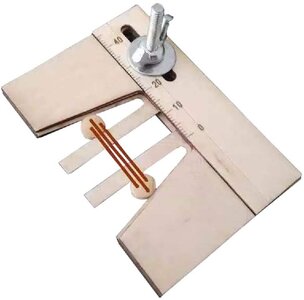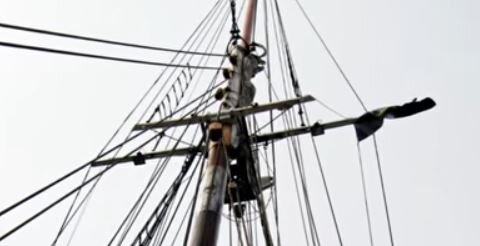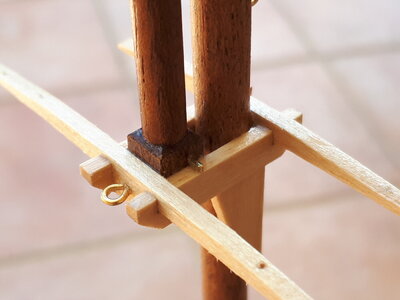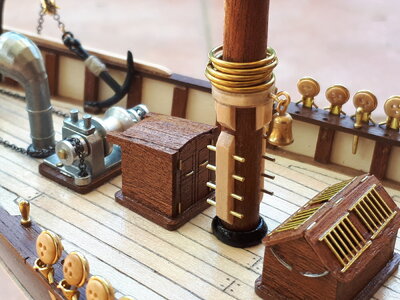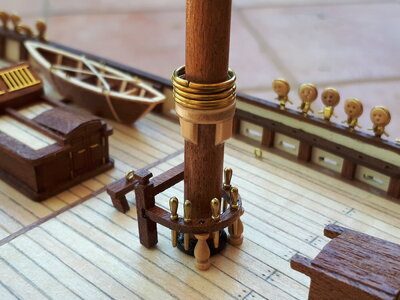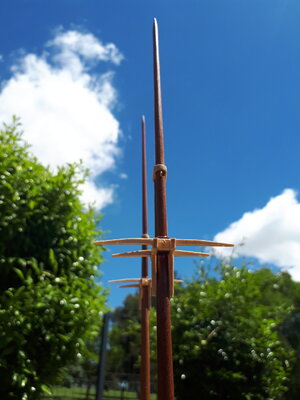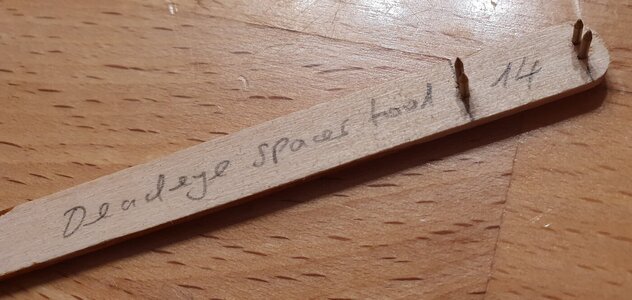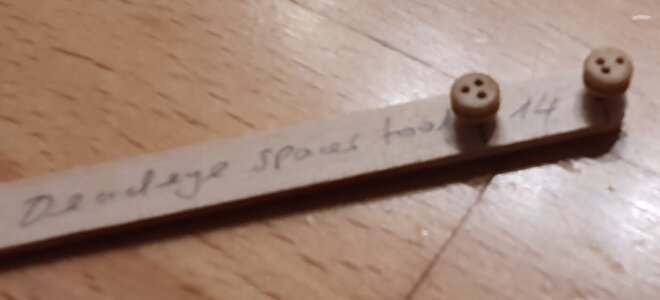Thanks Grant. I am also a bit tool-limited, by which I also mean: I don't really know what tools to get or use anywayCame out well Mark. I’m also thinking how to do my mast and booms. Gonna have to hand sand them as well (tool limited )and your method may be something I can attempt

Sanding the masts by hand certainly takes longer than I'm sure it would with a lathe or an electric drill, but without any spare masts to play with I wasn't going to gamble on that one slip that would reduce them to rubble. It gives you a bit of wrist pain, but it allows you to recover more easily from mistakes and gives you a certain control over the finished product. At least that's what I keep telling myself




